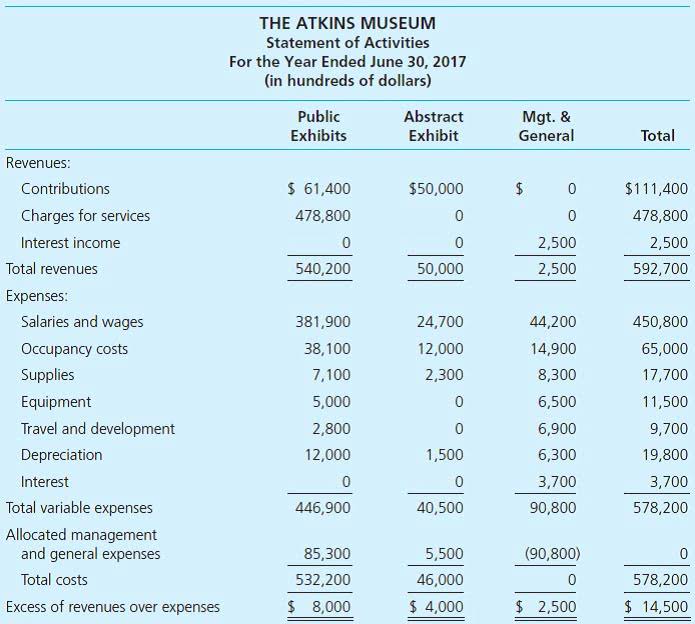T Accounts A Guide to Understanding T Accounts with Examples
Content

Since most accounts will be affected by multiple journal entries and transactions, there are usually several numbers in both the debit and credit columns. Account balances are always calculated at the bottom of each T-account. The total difference between the debit and credit columns will be displayed on the bottom of the corresponding side.
Another example is a liability account, such as Accounts Payable, which increases on the credit side and decreases on the debit side. If there were a $4,000 credit and a $2,500 debit, the difference between the two is $1,500. The credit is the larger of the two sides ($4,000 on the credit side as opposed to $2,500 on the debit side), so the Accounts Payable account has a credit balance of $1,500.
Common T-Account Questions
Journaling the entry is the second step in the accounting cycle. T-accounts can be a useful resource for bookkeeping and accounting novices, helping them understand debits, credits, and double-entry accounting principles. Unfortunately, any accounting entries that are completed manually run a much greater risk of inaccuracy. If you add up the totals of the debits and credits in all four T-accounts, you will see that they balance. If you go even further, you will see that each debit entry has a corresponding credit entry.
- A journal keeps a historical account of all recordable transactions with which the company has engaged.
- T-accounts can be extremely useful for those struggling to understand accounting principles.
- A second use is to clarify more difficult accounting transactions, for the same reason.
- You can see at the top is the name of the account “Cash,” as well as the assigned account number “101.” Remember, all asset accounts will start with the number 1.
- They help record each transaction with its corresponding entry in a different account.
This means that a business that receives cash, for example, will debit the asset account, but will credit the account if it pays out cash. At the top you have the account name, for example “cash,” “owner’s https://www.bookstime.com/articles/accountant-for-self-employed equity,” or “accounts payable.” Then, inside the T, the left side is for debit and the right side for credit transactions. They work with the double-entry accounting system to reduce the chance of errors.
T-Account Debits and Credits
Even experienced accountants use T accounts to help them understand more complicated transactions. A T-account is a colloquial word for a set of financial records that use double-entry accounting. It’s termed because the bookkeeping entries are arranged in the shape of a T.

For example, if your checking account is in overdraft then you have negative cash, which would show a balance on the right side instead. It basically means you have a cash liability instead of asset, which is not good. That makes T accounts a good place to start when thinking about bookkeeping and accounting, but also financial management.
Calculating Account Balances
The debit is on the left side, and the credit is on the right. If you’re ready to automate the entire accounting process for your small business, be sure to check out The Ascent’s accounting software reviews. When you’re ready to use T-accounts, you can use them separately, t accounts in order to view journal entry details, or you can enter the transaction directly into your journal. For instance, a corporation that issues $200,000 worth of shares will see an increase in its asset account and a comparable increase in its equity account in its T-account.
